SHIP IT! We went all-in on a boat.
2023 began like this: Not sure yet how we're going to handle all the paperwork and something tells me that the accountant is not a fan of the project... :-D
... but we have a boat for rescue operations at sea in the Mediterranean. This thread will be updated as the project goes. Welcome aboard the Mare*GO!
[ 27JUL2023 ]
[ 20JUL2023 ]
[ 18JUL2023 ]
[ 17JUL2023 ]
[ 30JUN2023 ]
[ 29JUN2023 ]
[ 28JUN2023 ]
Back at sea. Back at search & rescuing.
[ 20JUN2023 ]
[ 14JUN2023 ]
[ 13JUN2023 ]
[ 09JUN2023 ]
[ 08JUN2023 ]
Blocked for a week already. Two to go.
WATCH THE VIDEO BELOW
[ 07JUN2023 ]
[ 05JUN2023 ]
This is the ship we've been talking about all along. Formerly the MARE LIBERUM by @mareliberumofficial . Even before that, as the SEA WATCH (1) by @seawatchcrew . Scroll down this thread for more detailed info. This ship is not only really old, built in 1917, but became part of sea rescue history and her stories are legendary.
We wanted to bring her back into active service in the Mediterranean with new paint and visibility. Before that, the ship and the association Mare Liberum eV were criminalised in Greece. Today, thanks go to the crew who carried out the first missions with the Mare*GO, made courageous decisions, and have been blocked in Italy. Everything was done right! ​Just BAM and thank you! You can SUPPORT US HERE to get the ship back out there and continue to save lives.
[ 04JUN2023 ]
Help us to get back out at sea in July
Our blocked ship is attracting a lot of international attention. We are very thankful for the moral support!
After being intercepted by a Tunisian war ship and being monitored from above by Frontex and Police airplanes, the Mare*GO got back to Italy to safely disembark 36 weak migrants and the crew was welcomed by a hoard of roughly 200 police, coast guard, Guardia di Finanza and Frontex officers in grand Meloni neo-fascist fashion. In the meanwhile, the crew members are free and have safely returned home for some rest after very intense first missions at sea. A LOT of paperwork is coming at us and most likely a pretty ridiculous fine...
[ 03JUN2023 ]
[ 02JUN2023 ]
For photos and reports about our first missions, follow our Twitter account.
[ 31MAY2023 ]
[ 29MAY2023 ]
Civil Sea Rescue: Why?
[ 26MAY2023 ]
When a human seriously contemplates a dangerous sea migration solution for himself or a loved one instead of staying at home, it is often a matter of last resort in hopes of building a better life for themselves. Sometimes, it’s a matter of plain survival. Because of the completely shadowy organisation of these crossings, these voyages pose a great threat to the travelers' health and lives. Apart from the potential dangers at sea, having to rely on smugglers who do not hesitate to endanger the lives of those who try to flee for profit is not a great setup and greed often leads to additional stressful situations.
​ Many people have died migrating across seas throughout history but the spectacular death toll of certain regions is a modern global problem these days and it will continue as long as there are reasons for flight like armed conflicts, political unrests, or economic inequality.
In maritime tradition, but also and most importantly, in international law, when people are in distress at sea, the protection and preservation of life is priority number one. Assistance has to aim towards prompt rescue and safe disembarkation for the passengers in distress. In this context of emergency, the political status of the rescued persons is irrelevant. Saving lives is the only relevant aspect.
The legal basis of sea rescue (UNO refugee aid) In 1910, international rules for the rescue of people in distress at sea were laid down for the first time in the 'Convention for the Uniform Determination of Rules Relating to Assistance and Salvage at Sea'. ​ This states: 'Every master is obliged to render assistance to all persons, even hostile ones, who are found at sea in danger of their lives, in so far as he is able to do so without serious danger to his ship and to her crew and passengers.'
Under international maritime law (1974 SOLAS and 1979 International Convention on Maritime Rescue), every master on the high seas is obliged, within his or her means, to render immediate assistance in distress at sea, irrespective of the nationality, status and circumstances of those seeking help.
The seas are divided into rescue at sea (SAR) zones. When people are rescued in a state's SAR zone, that state is responsible for further coordination of the rescue operation and for the safe disembarkation of those rescued. After a rescue, refugees must be taken to a safe port. This is a place where refugees are not exposed to further dangers such as persecution and inhuman treatment and where basic needs are secured. That is why sending vessels to Libya for disembarkation is not an option for example since its ports do not fall into this category of 'safe port'. Filippo Grandi, UNO High Commissioner for Refugees, describes his mission as follows:
(uno-fluechtlingshilfe.de)
'Rescuing people from distress at sea is not a matter for debate or politics, it is an obligation since time immemorial. We can end this tragedy if we have the courage and vision to look beyond the next boat. We need to find a long-term approach to regional cooperation with human life and dignity at its core.'
The Mediterranean Sea among the world's dangerous sea routes
After the number of fatalities and missing people on the central Mediterranean route has continued to rise since 2014, it is considered one of the most dangerous escape routes worldwide. These UN-listed 'dangerous sea routes' in 2023 include the Gulf of Aden, the Andaman Sea in the Indian Ocean, the Caribbean Sea, the English Channel, and the Mediterranean Sea.
​ The number of people who perish can of course only be estimated. How many people really die crossing the Mediterranean remains very unclear, but there are undoubtedly too many. At present, the Mediterranean is considered the deadliest sea route in the world. Tragedy unfolds at the gates of Europe every day, with no end in sight. Families get ripped apart, children die. It's a mess. According to the United Nations, in the year 2022, a total of 150,177 people reached Europe by sea. Officially 1,940 people did not survive the crossing or are considered missing during the same period. The real numbers might defer by quite a bit from these figures that point at a roughly 1.3% official death rate. ​ Figures for 2021 indicate that almost one fifth of those who arrived in Europe via the Mediterranean routes that year were children. They often travel alone which leaves them vulnerable to many risks on their way to and into Europe.
Italy, Greece and Malta are the most burdened due to geography, but Spain is also severely challenged by the important number of refugees. The subject of a fair distribution of refugees in Europe is a tricky one but the fact that, in recent years, conservative and right-wing parties calling for stricter integration and migration policies have gained more support in various countries, makes it even more complicated to find agreements. This has a serious impact on how refugees are being treated at the gates of Europe.
​ Since the EU member states cannot agree on a sustainable distribution of the landed refugees, the governments of various Mediterranean countries repeatedly take restrictive measures against refugees but also against teams of independent sea rescuers. However, since there is currently no European sea rescue organisation in place, the NGOs play the decisive role in rescuing drowning people. Who rescues refugees in the Mediterranean?
State operations
Italy launched the navy rescue operation 'Mare Nostrum' in 2013. It was discontinued one year later. The aim was to rescue people at sea off the Italian coast and to apprehend smugglers and the same time. Shortly afterwards, the EU-backed follow-up operation 'Triton' was launched with a main focus on securing the EU border. It was discontinued in 2018. In 2015, Operation 'Sophia' came to be in order to combat criminal smuggling networks. During both operations, sea rescue was only carried out by all ships due to maritime tradition and international maritime law, not as a main objective. Frontex, the European border and coast guard agency, refuses to take over sea rescue except if they have to. The mandate of the border protection organisation does not provide for search and rescue operations. After EU member states failed to agree on the onward distribution of those rescued, despite the principle agreed in 2015, Italy started to block further aid, closing Italian ports to both navy sea rescuers and private rescue vessels. Since March 2019, no more ships have been available for operation Sophia. Since then, the mission has been limited exclusively to aerial reconnaissance missions and civil sea rescue organisations have taken over a lot of the rescue work load.
Civil missions
The basis of non-governmental sea rescue is the international law of the sea. According to it, fishing boats and freighters regularly save human lives when they take in refugees and migrants in distress at sea. After the end of the sea rescue operation 'Mare Nostrum' in 2014, various initiatives also emerged in several European countries that sent ships to the Mediterranean to save people from drowning. These include organisations such as SOS Mediterranee, Mission Lifeline, Sea-Watch, Medecins Sans Frontieres, Sea Eye and numerous others like the United4 Rescue initiative sending rescue ships out in the Mediterranean since 2020. 'Watch the Med' is a hotline that has been taking emergency calls from migrants and refugees since 2014. The organisation also documents deaths and human rights violations at Europe's external maritime borders on its online platform. For many political reasons, the ships of civilian sea rescue operations often have to deal with restrictive measures and legal pressure, such as the confiscation of the ships or high fines. They are often denied entry to safe ports and it sometimes takes a very long time before the rescued people can disembark cramped rescue ships. Legally speaking, there is a lot of potential for bending and answering the question whether aiding and abetting illegal immigration is resistance to state order or humanitarian aid, is crucial. The UNHCR and UNO Refugee Agency welcome any action to save lives in the Mediterranean in online statements. According to the UN Refugee Agency website, civilian rescue organisations are doing valuable work that should not be criminalised. Where's the money?
The fines, the towing and port fees, the training, the time eaten up by the administration and back office stuff, the legal fees... These all accumulate on top of the renovation works, the crew, travel costs, shipyard maintenance sessions, upgrades, on-board supplies, and energy expenses. And that's when everything goes according to plan :-) Add some potential mechanical failures or other random incidents to the mix and the amounts quickly reach 4 or 5 figures. It is expected that the average cost of running the Mare*GO is going to be around 1,000 Euro per day of normal operation.
When you donate, you don't transfer money for fresh paint. You actively keep the Mare*GO afloat in many aspects. Greetings from Italy
[ 25MAY2023 ]
We've come a long way from the beginning of our Mare*GO adventure. These days, the crew is in Licata on the Sicily island for some more preparation and crew training. Our vessel
[ 20MAY2023 ]
​Meet the Mare*GO! The vessel dates back to 1917 and has had multiple lives already. It is sailing under German flag with an LOA (length overall) of 21m and a width of 5m. One of its former chapters already included rescue at sea as the 'Sea Watch' for instance that later became the 'Sea Watch 1'. Sea Watch are handling way bigger ships these days. Ours is one of the first generation independent rescue vessels around in the Mediterranean Sea and, at some point, it seemed like it was finally doomed, but the lady has strong bones and, with the help of its new amazing crew we're building around captain Raphael, the old lady got new nail polish and a bunch of technical upgrades. It's going to travel with two smaller and faster units as dinghies that we can deploy rapidly in emergency zones thanks to the help of Leave No One Behind for instance. Past LivesReady (almost)
|
FIND CONTENT:
All
|

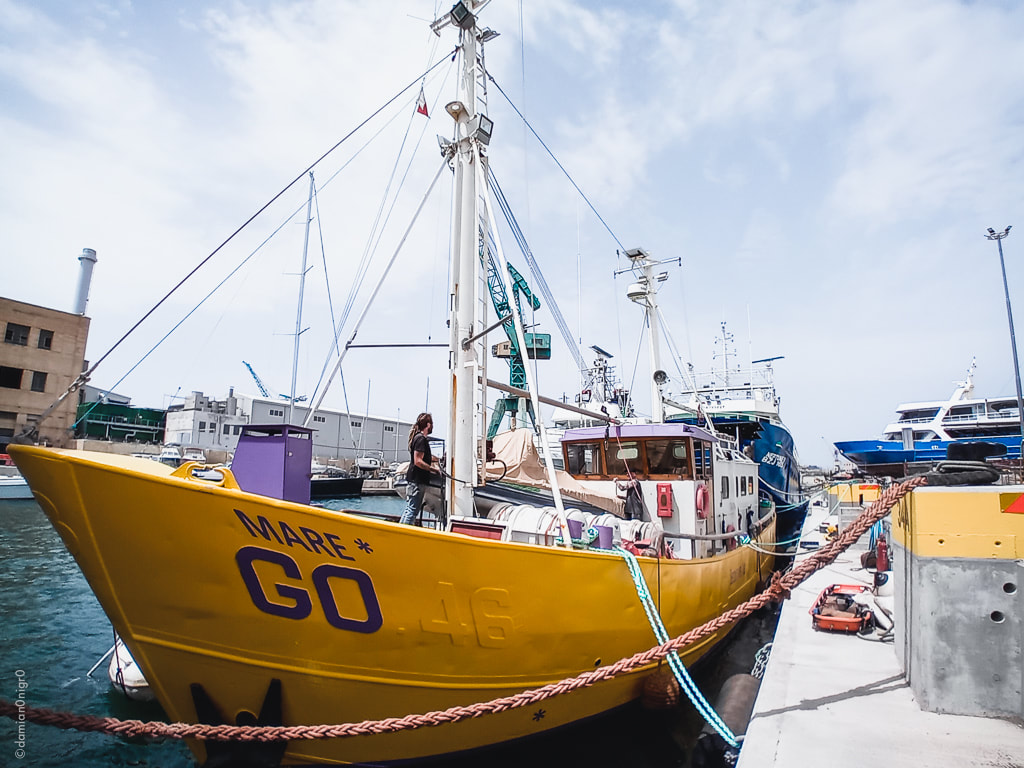


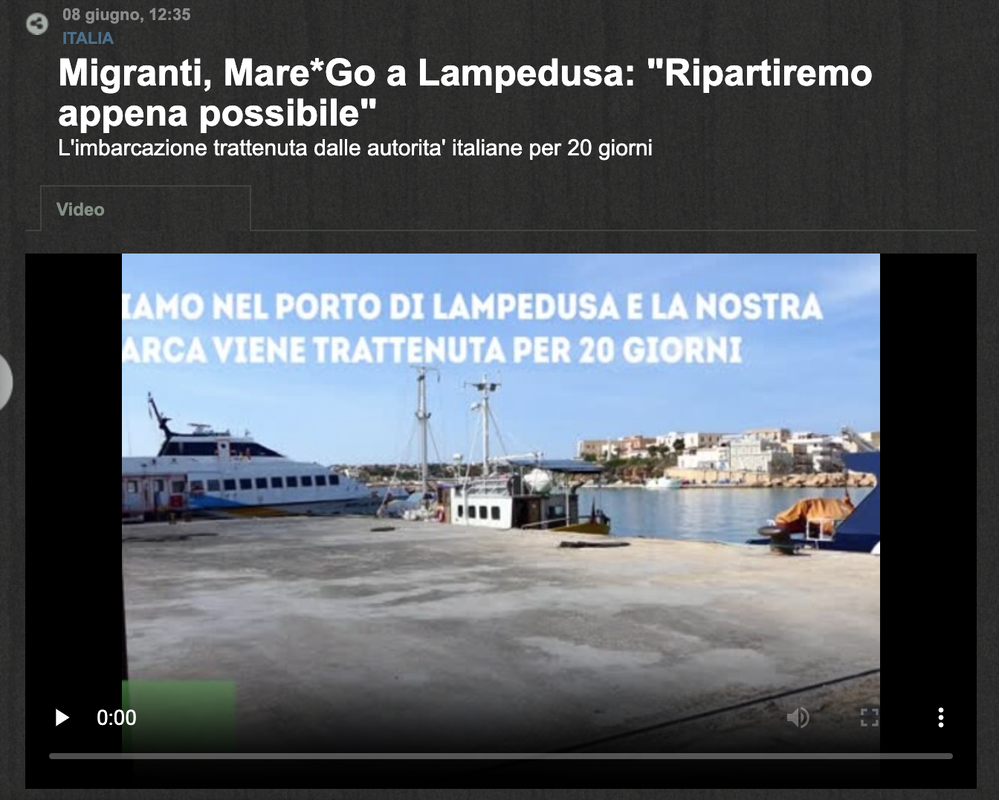

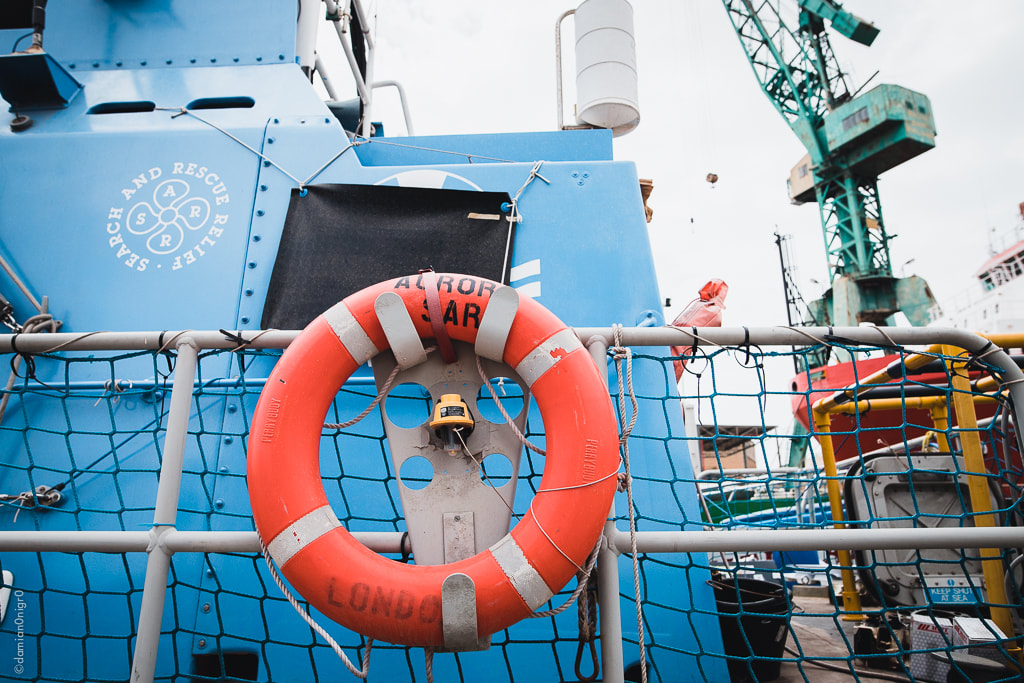
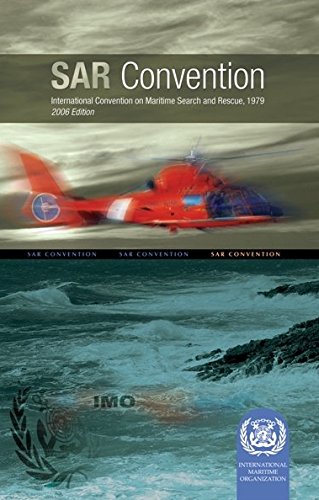


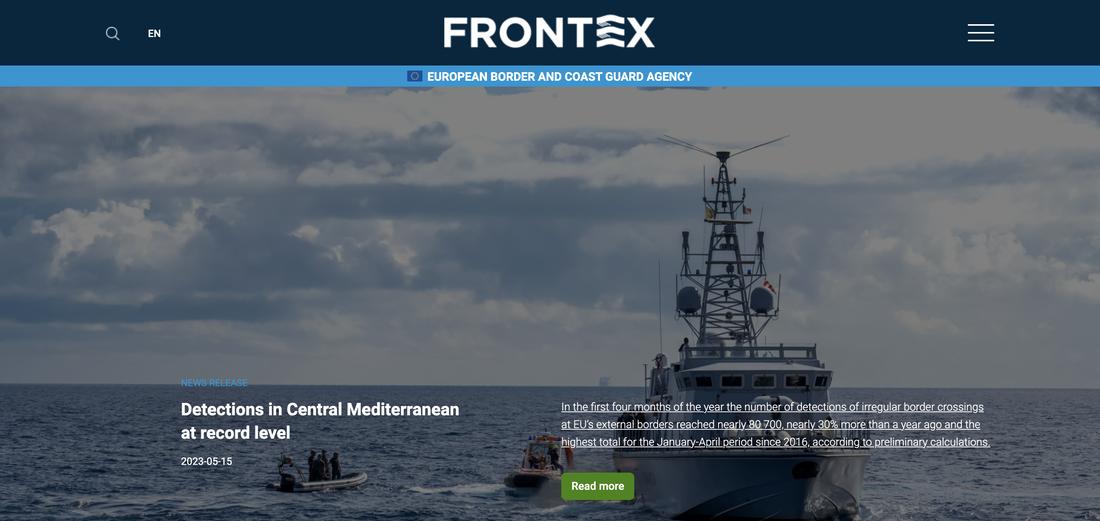

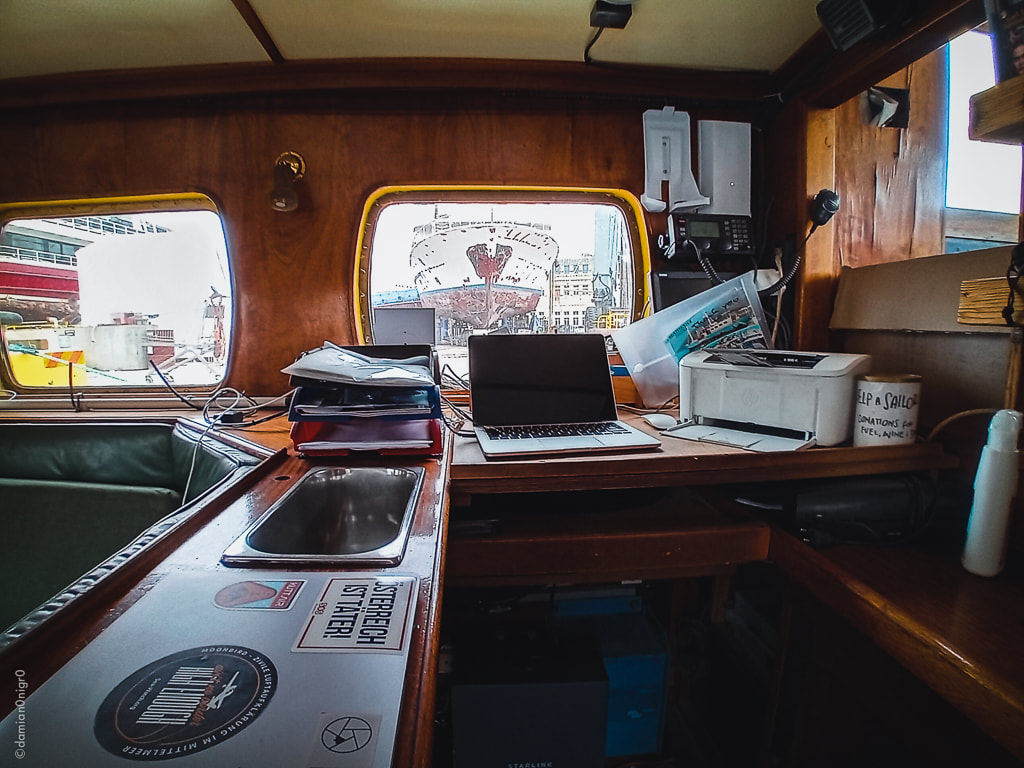
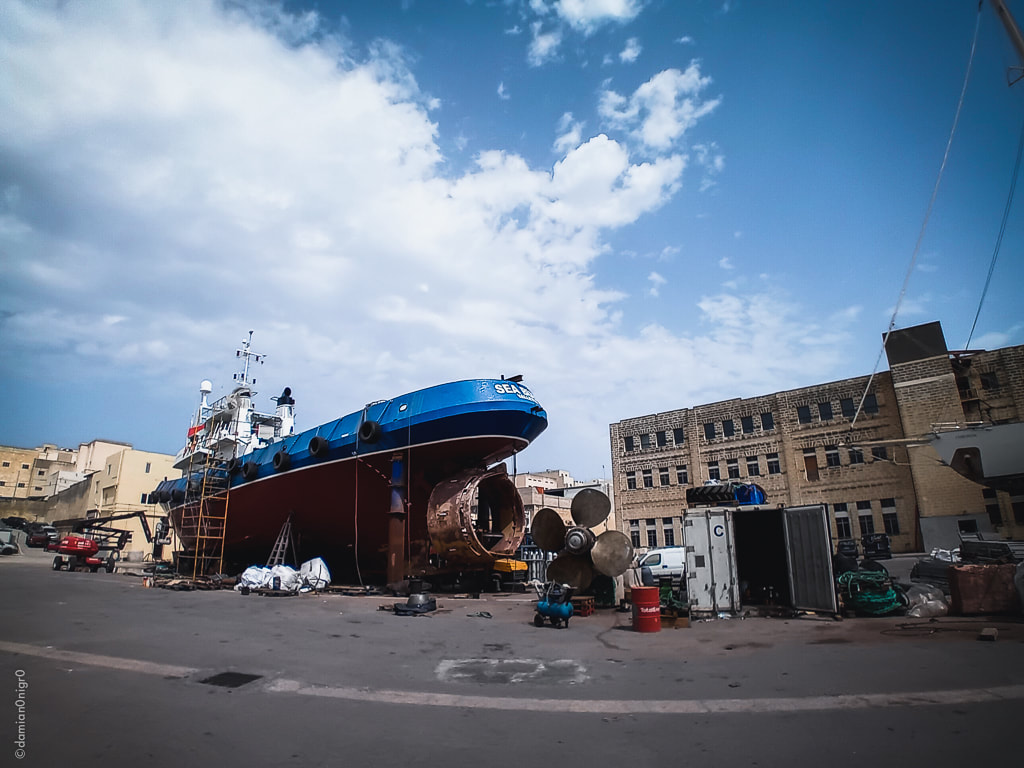




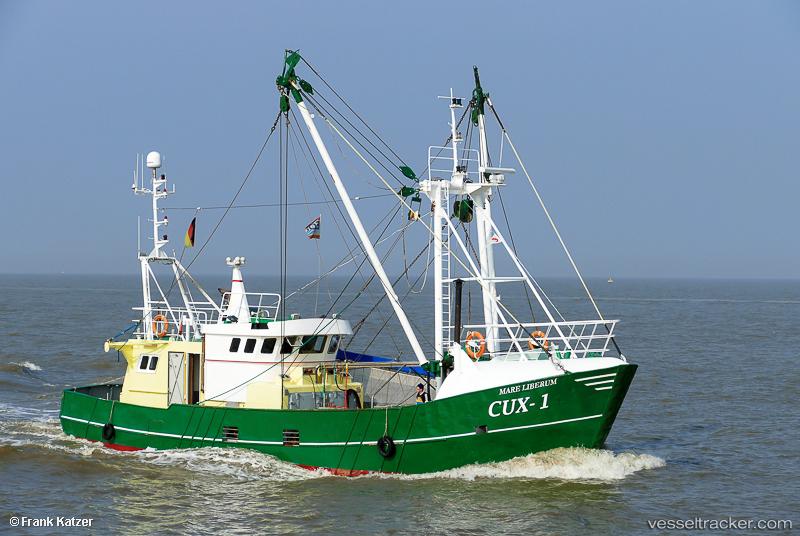
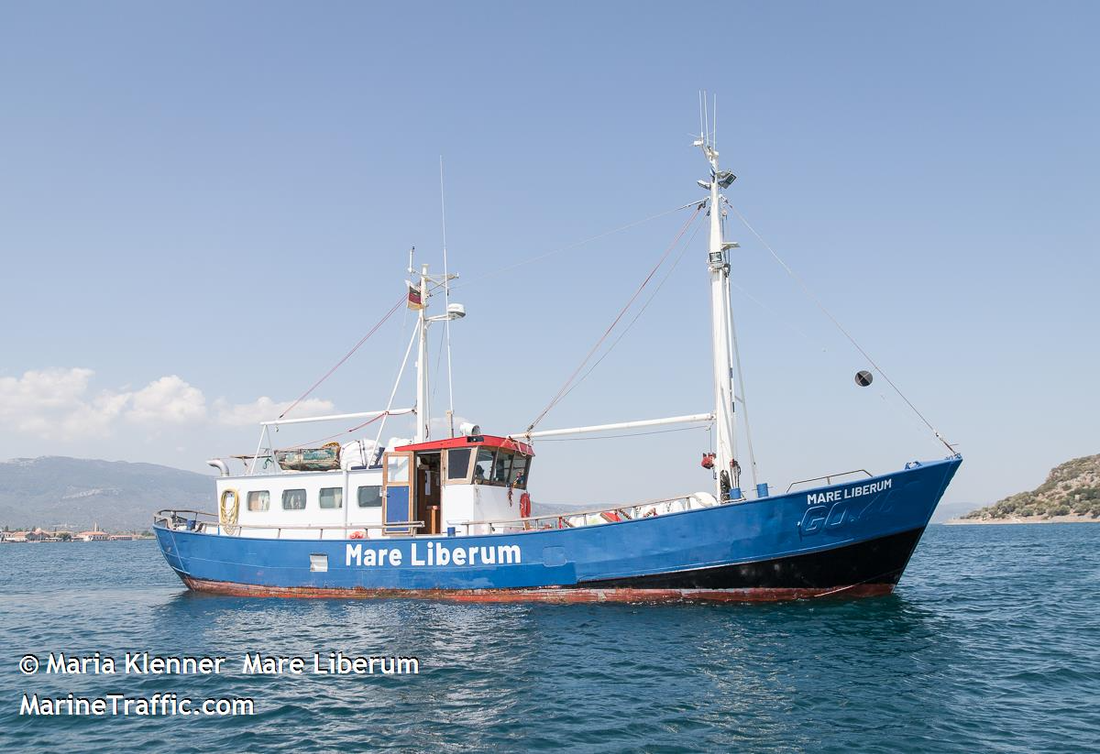

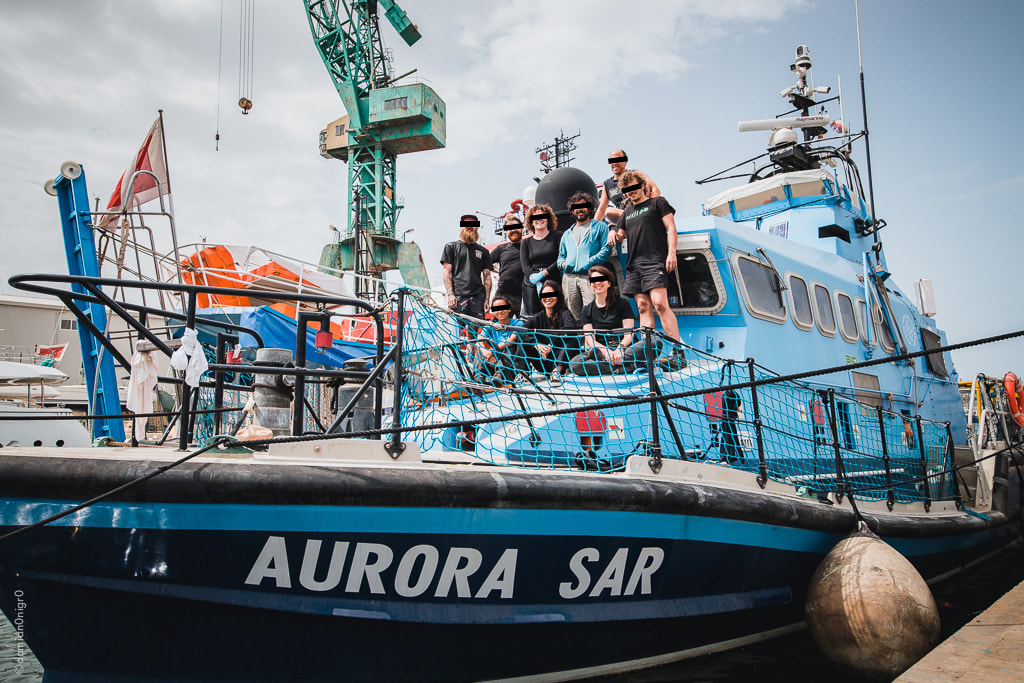
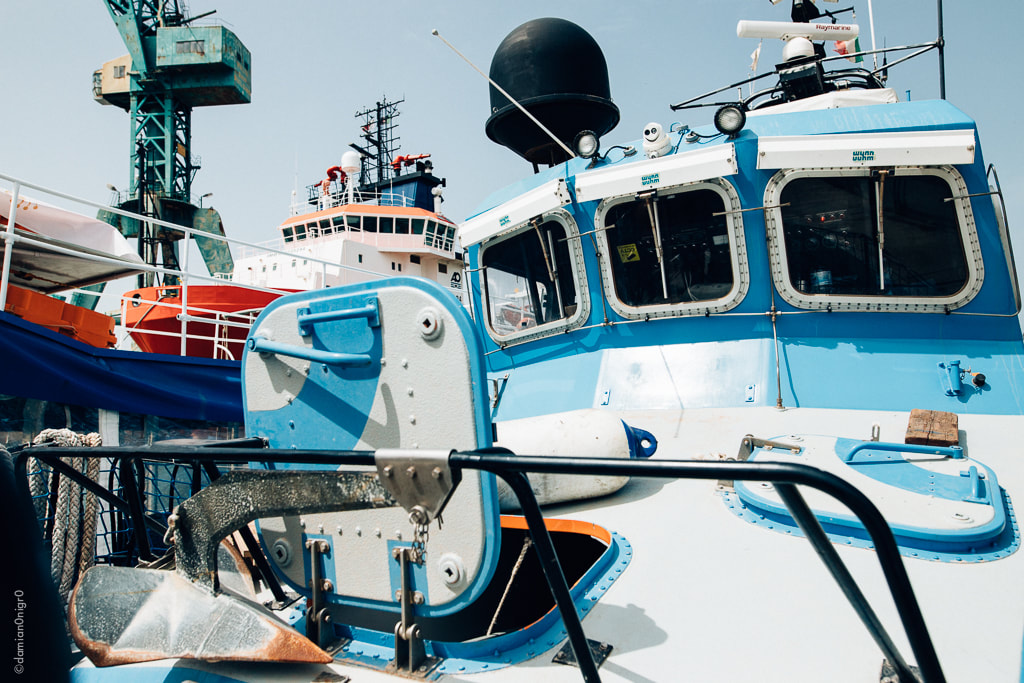

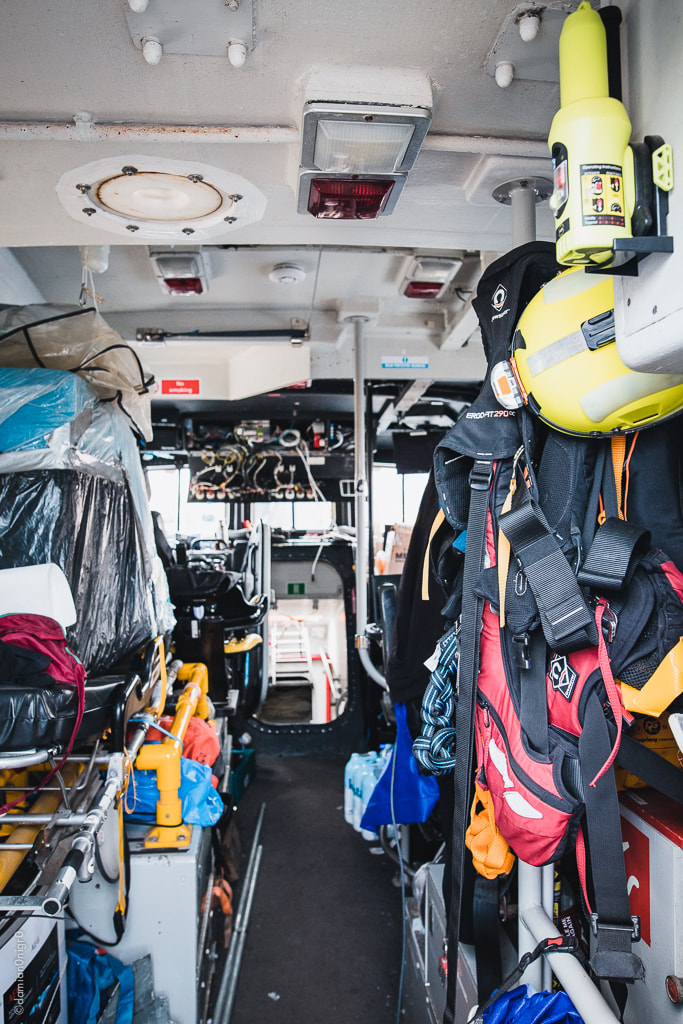
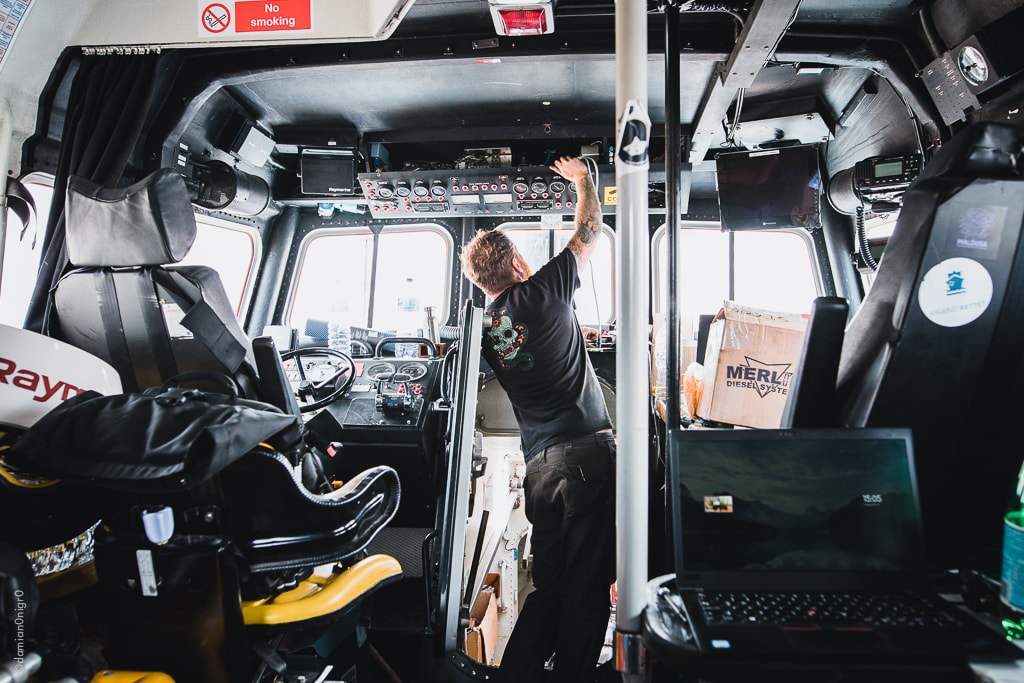
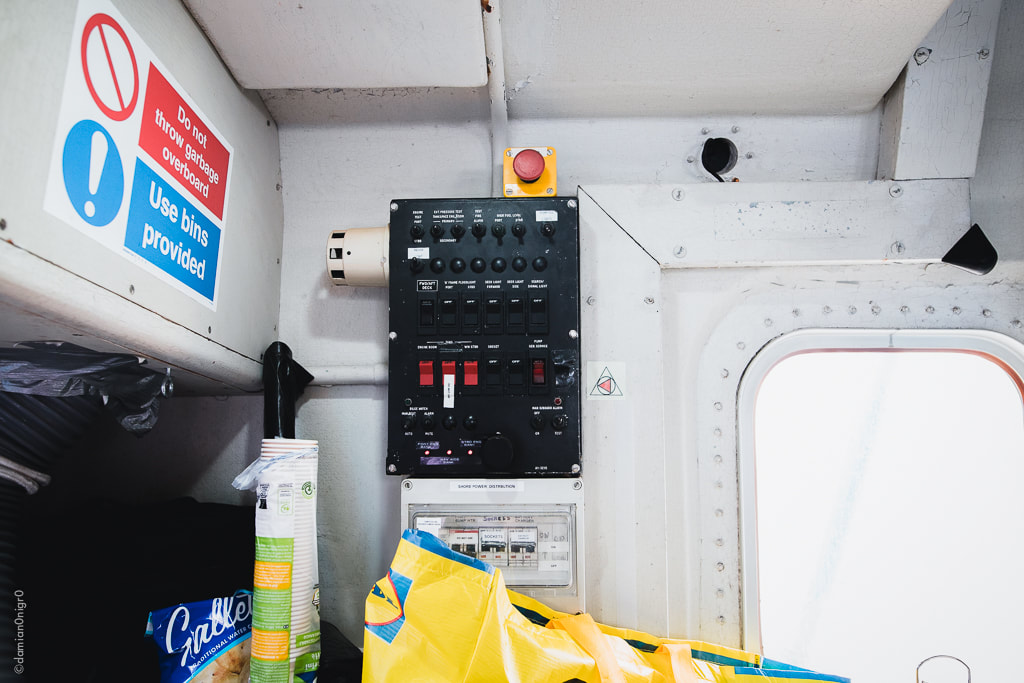
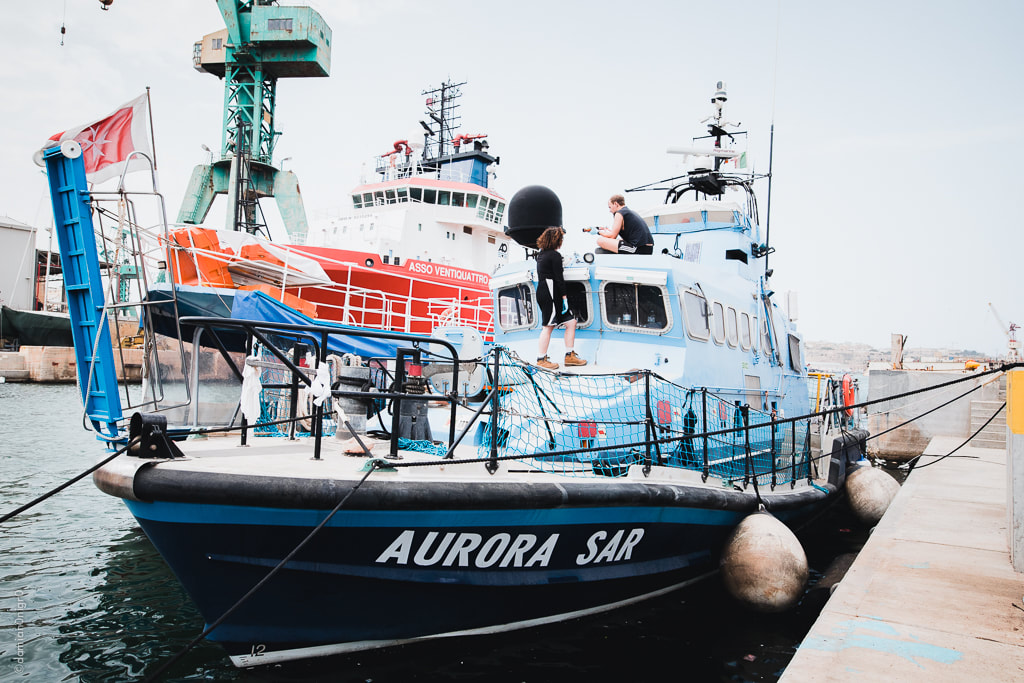


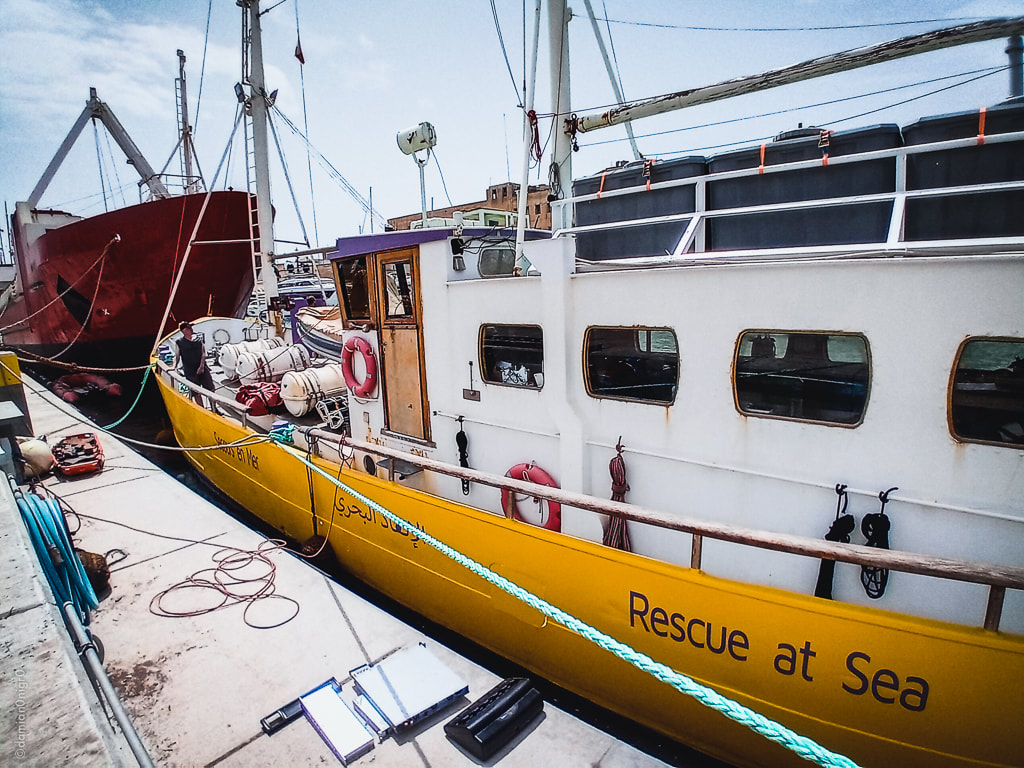

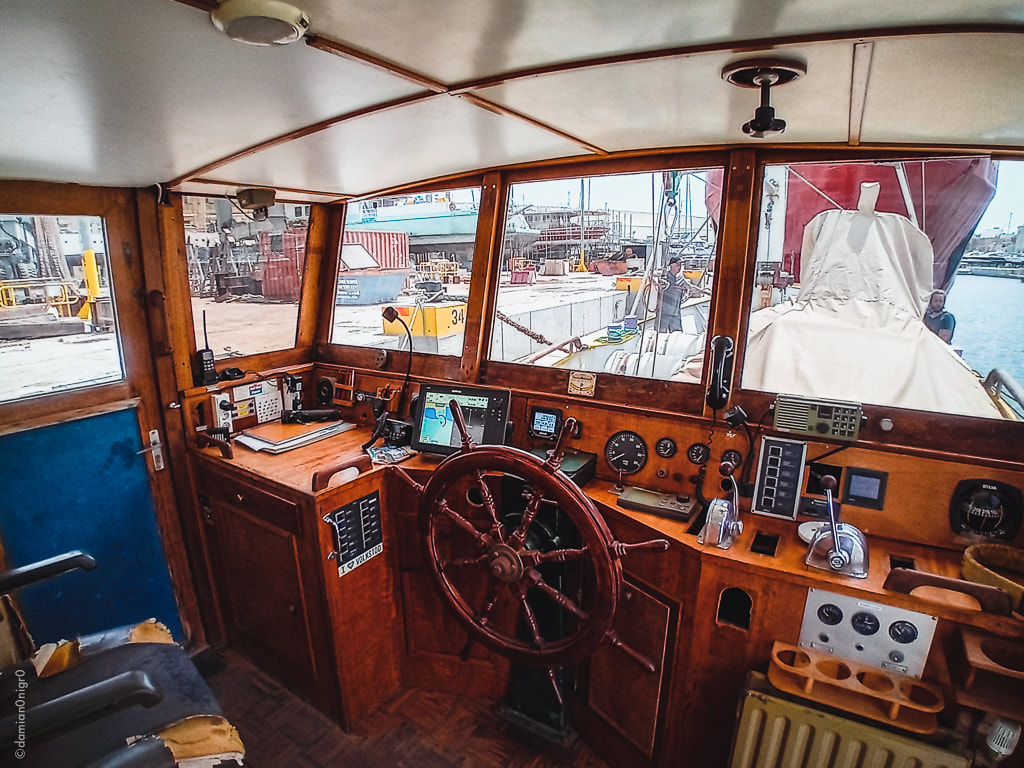
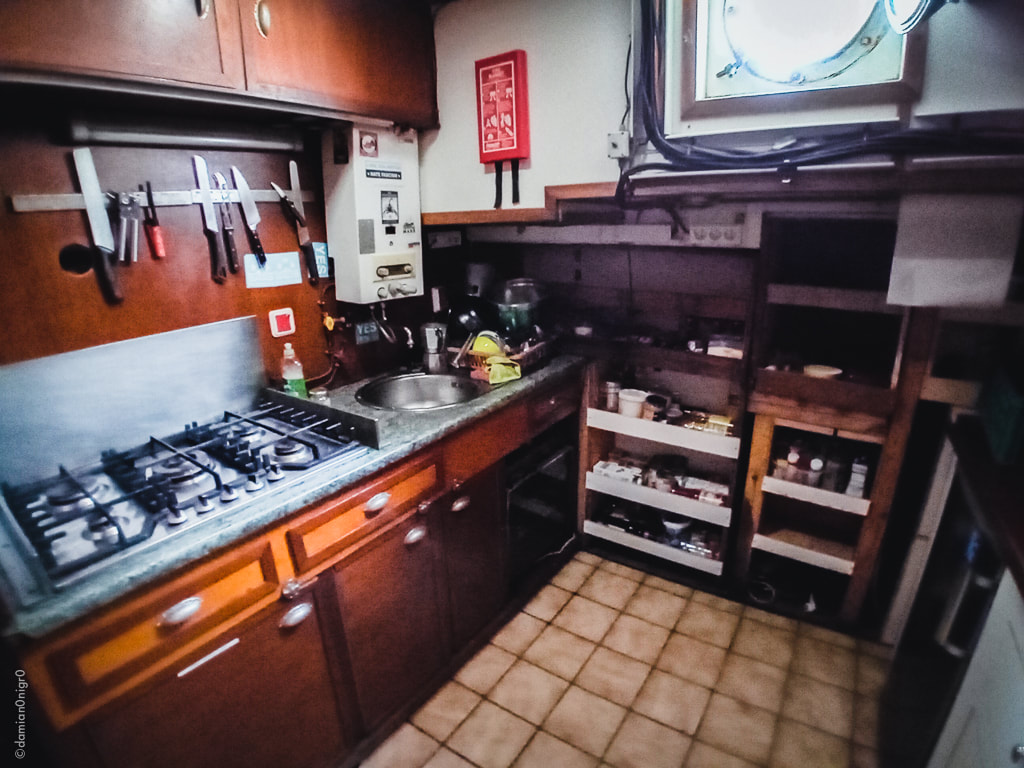
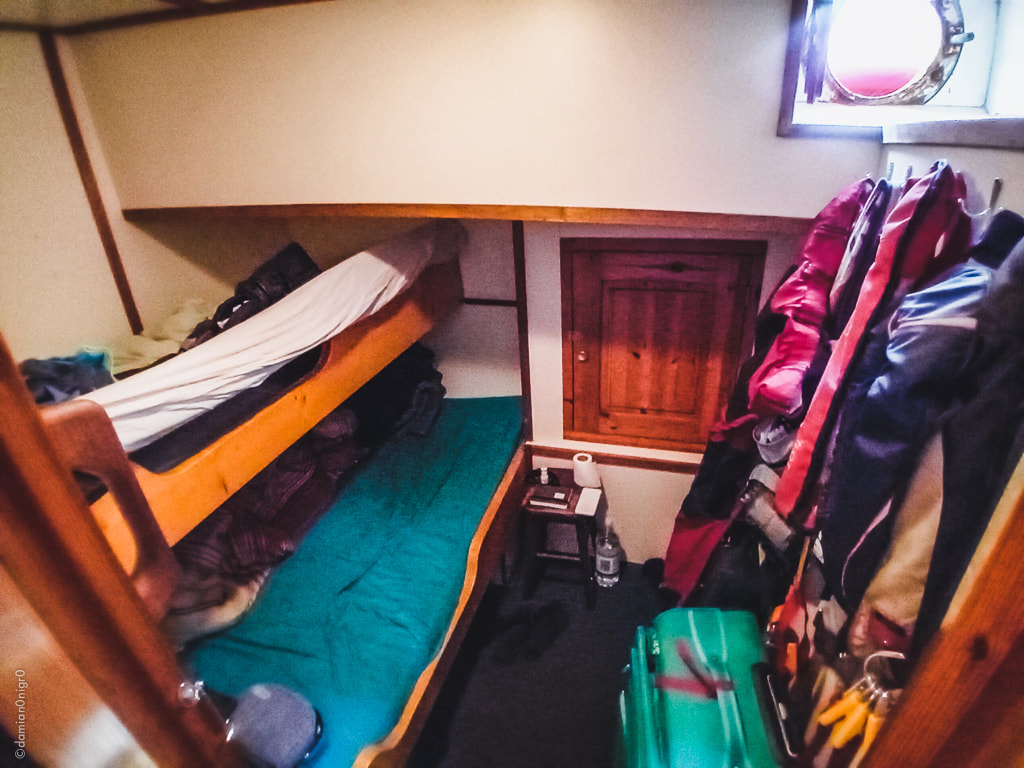
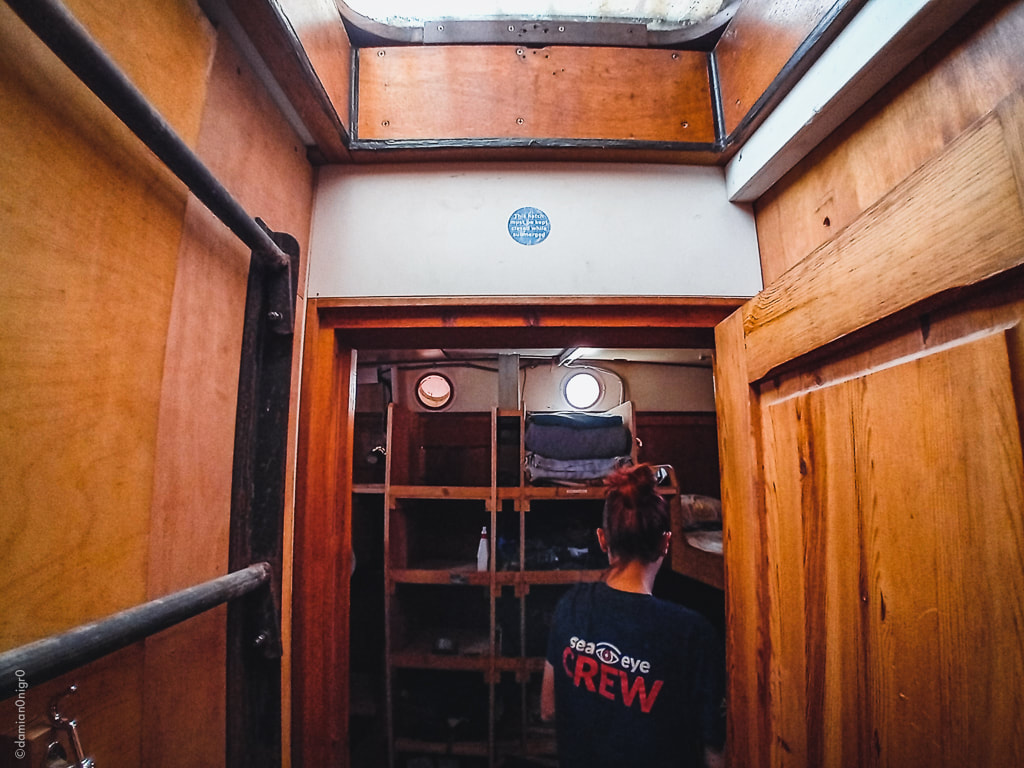

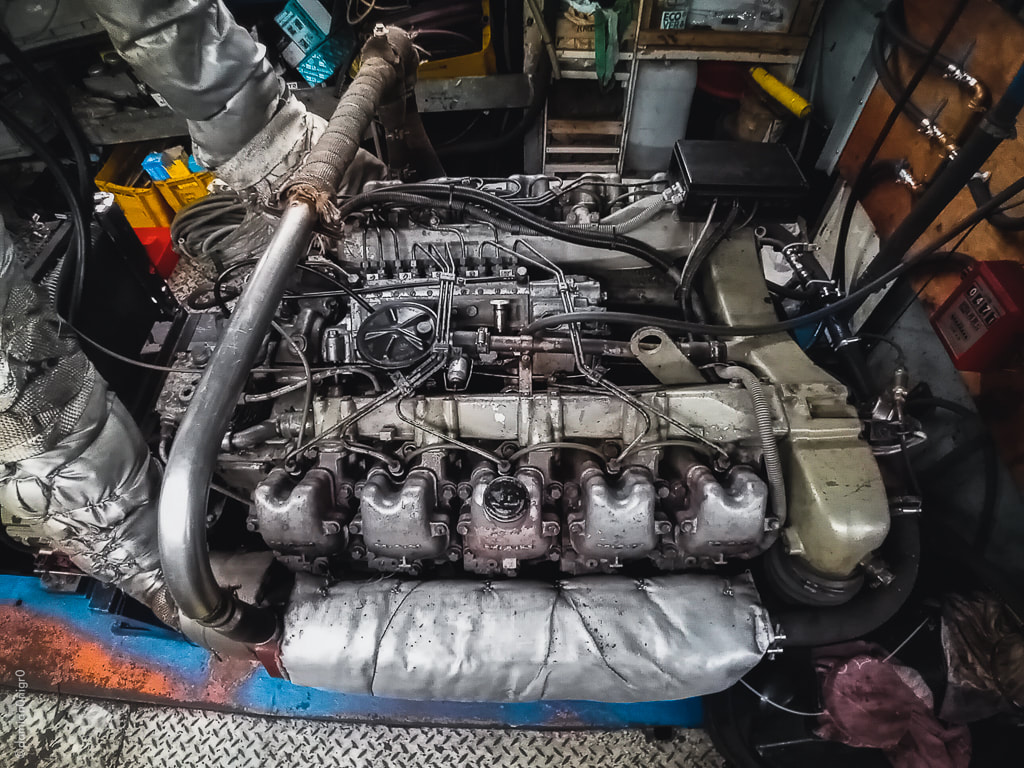


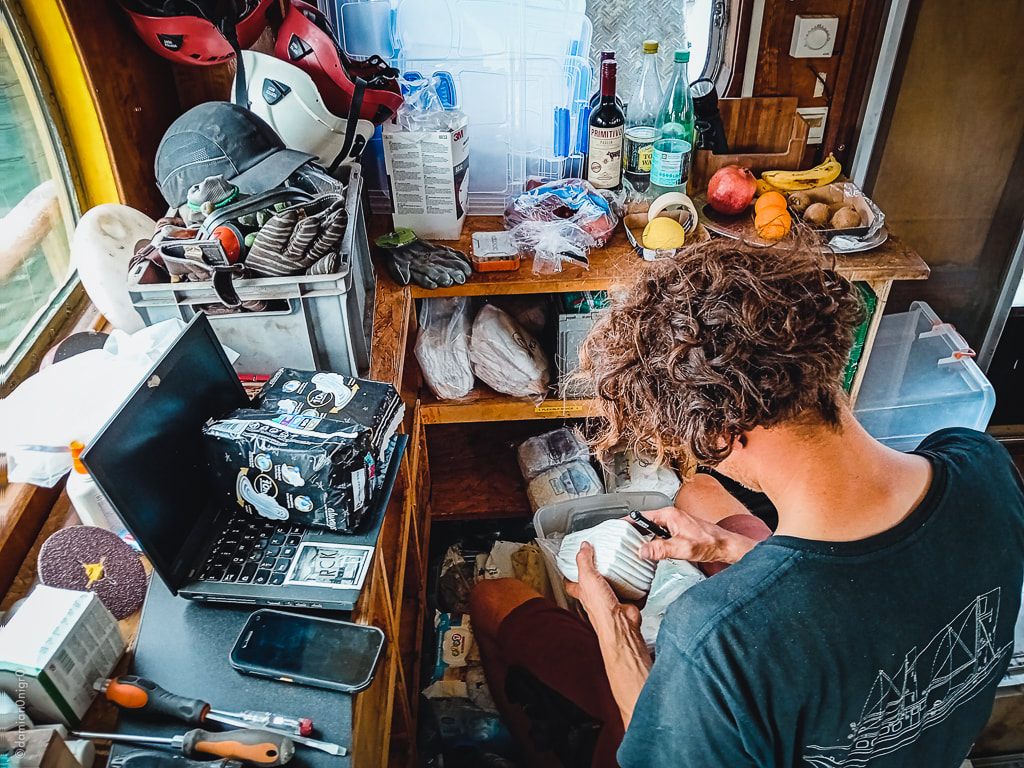

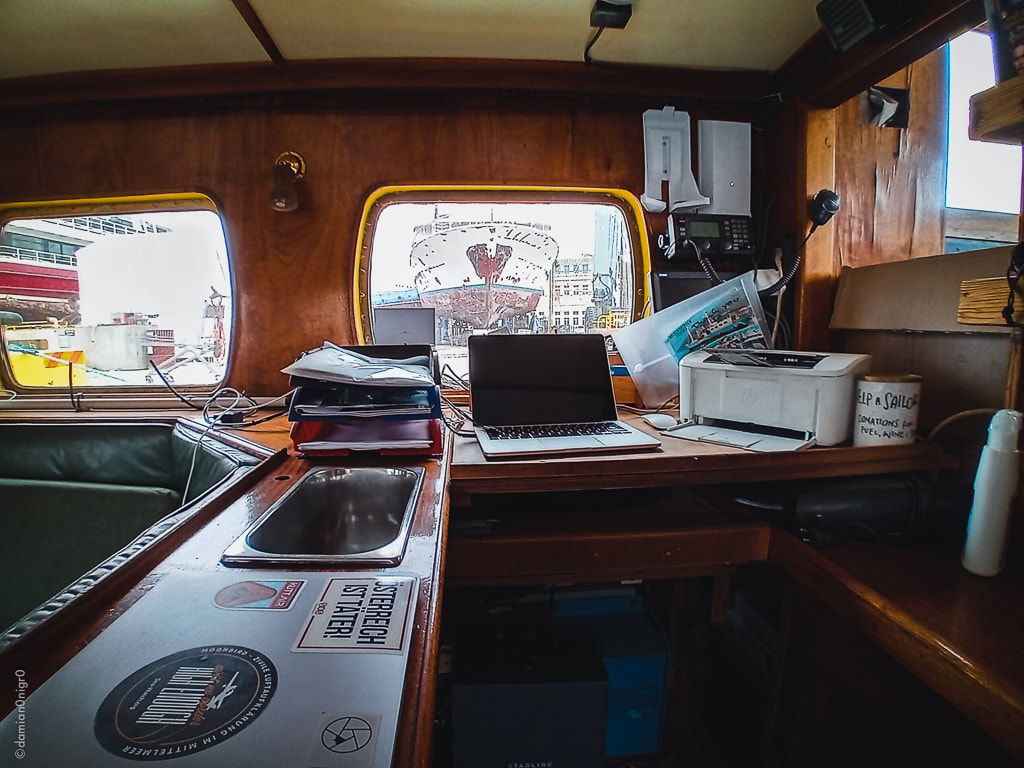
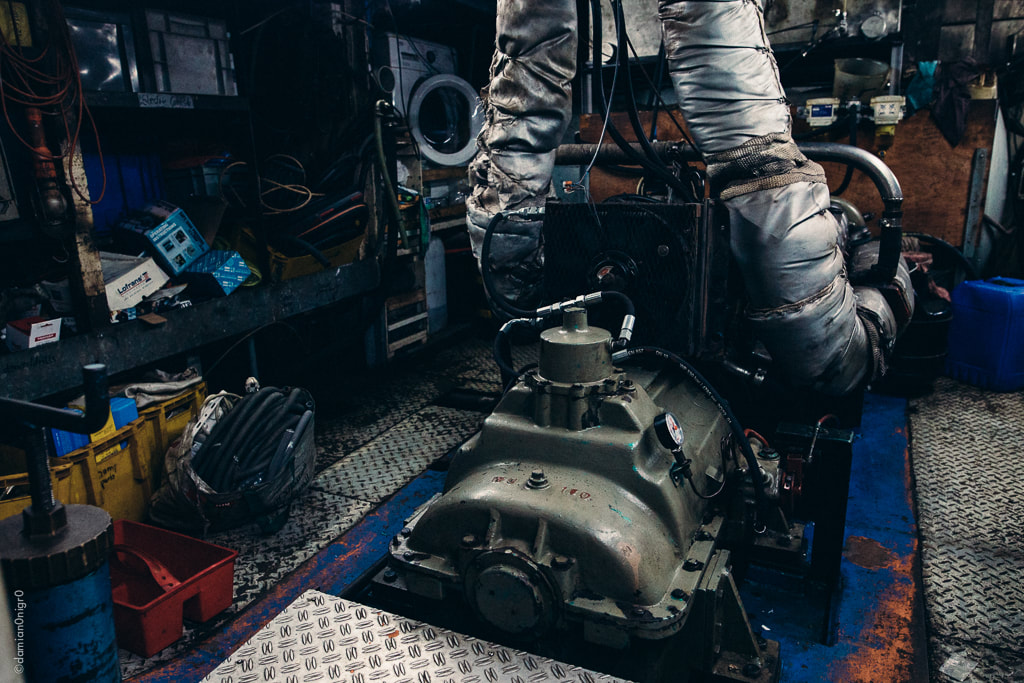

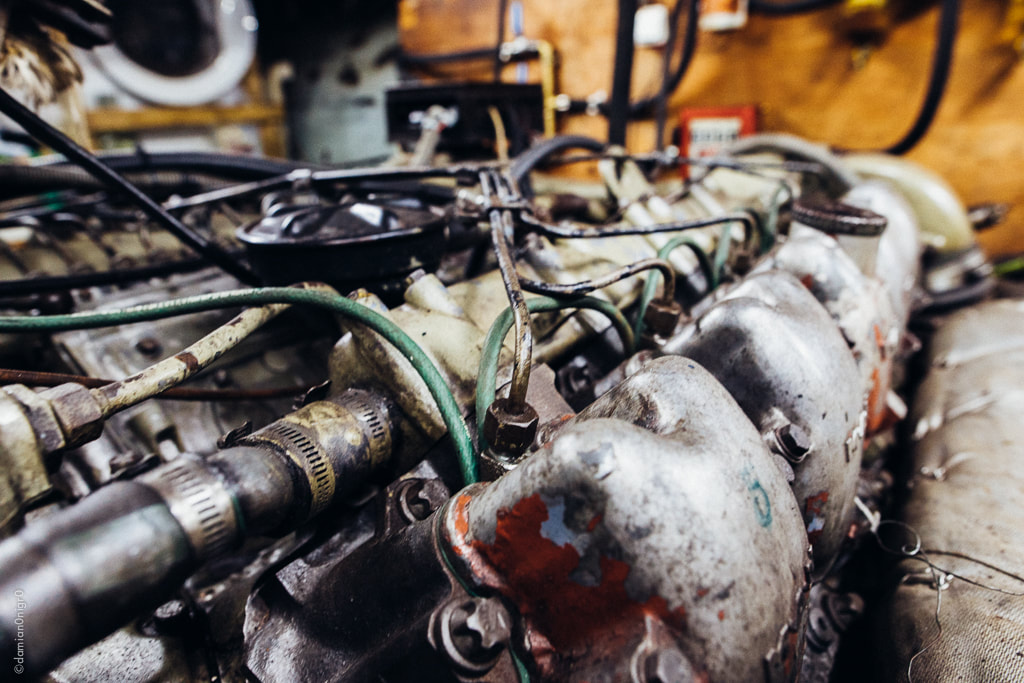
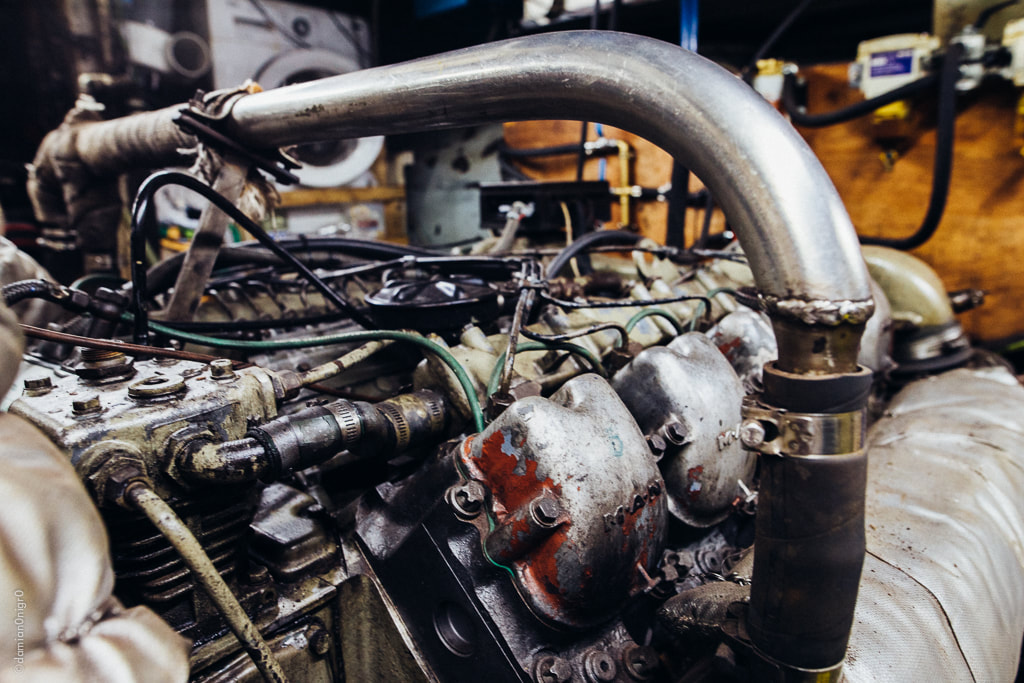



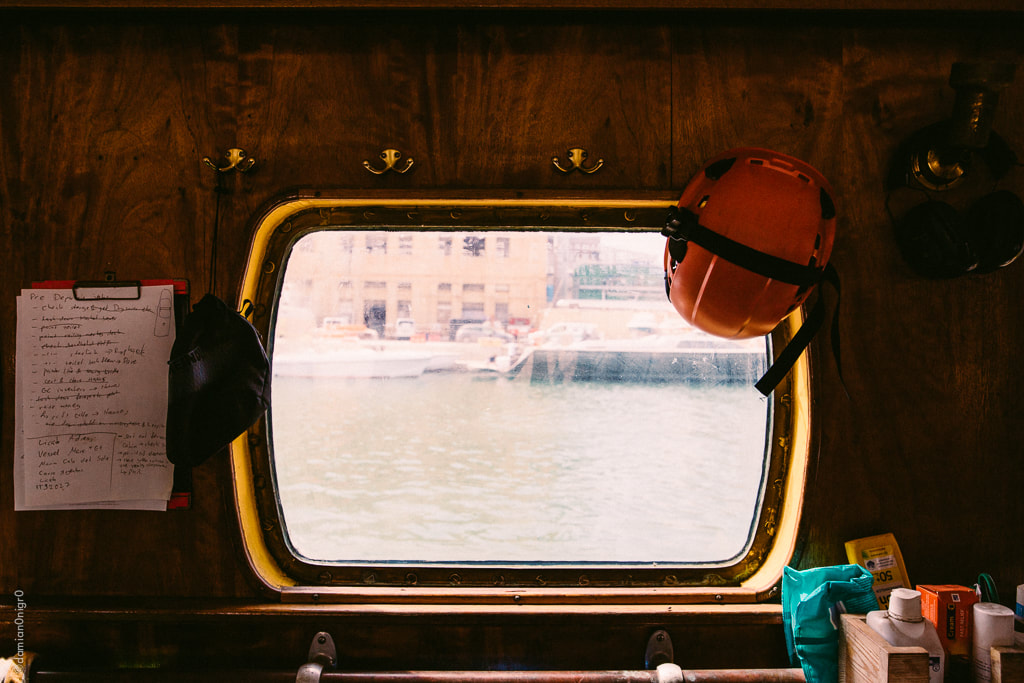
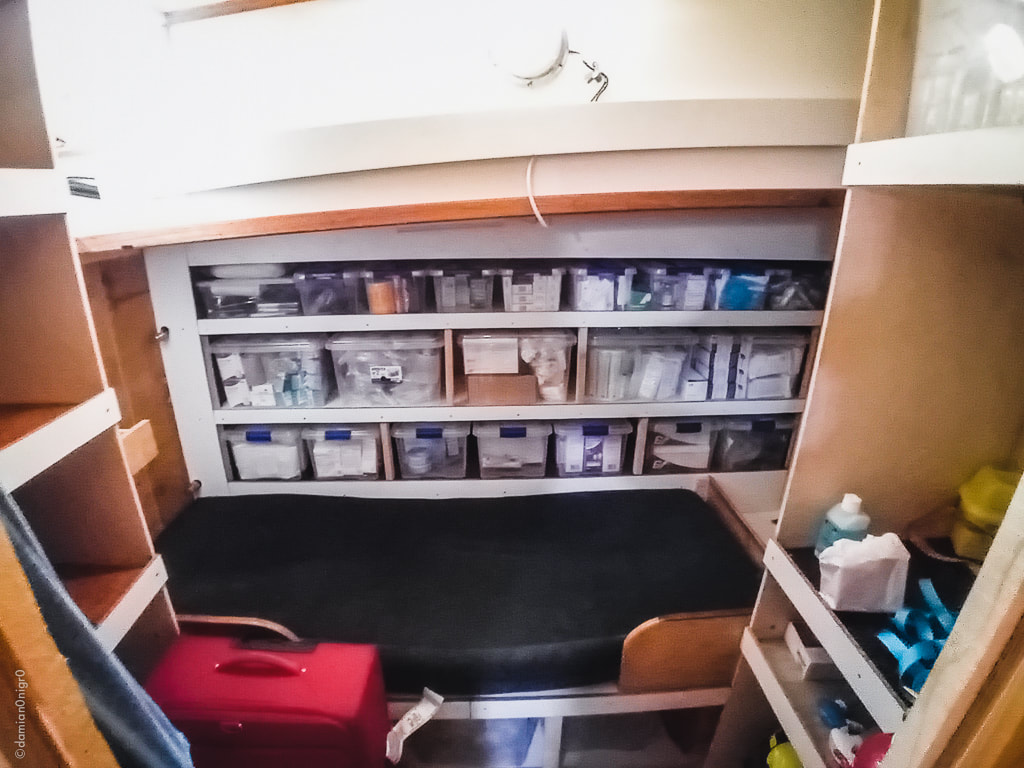
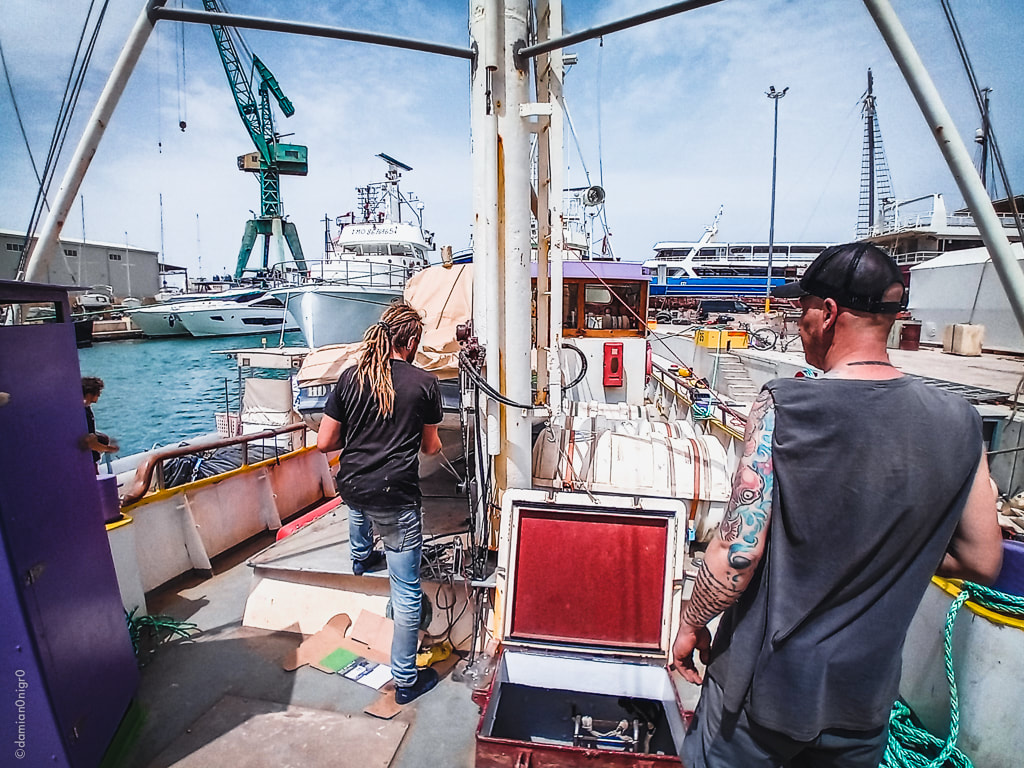

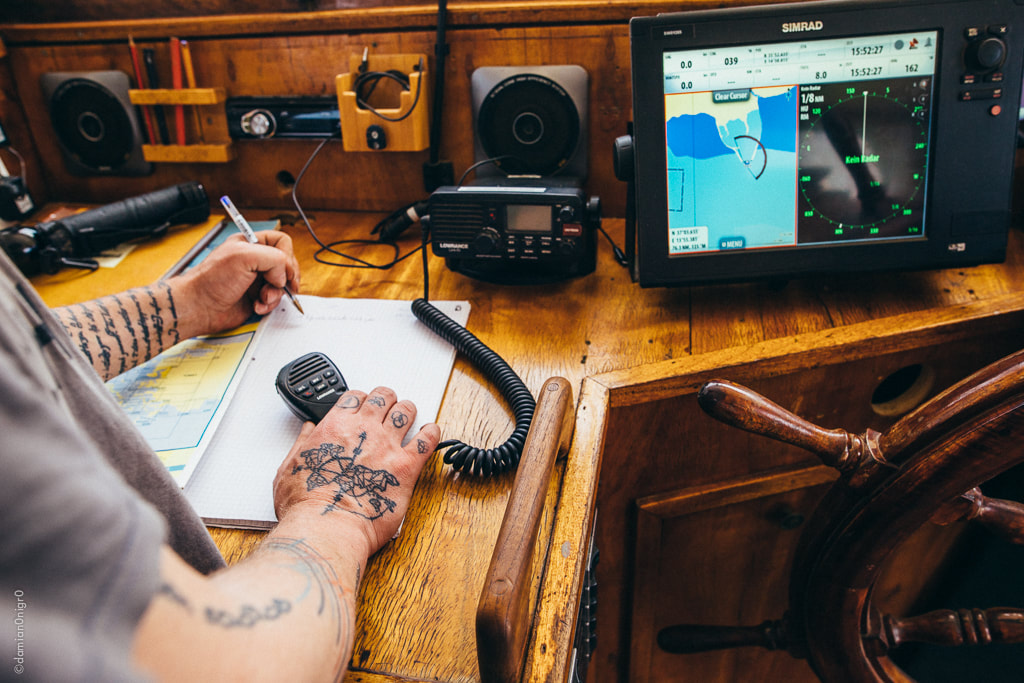

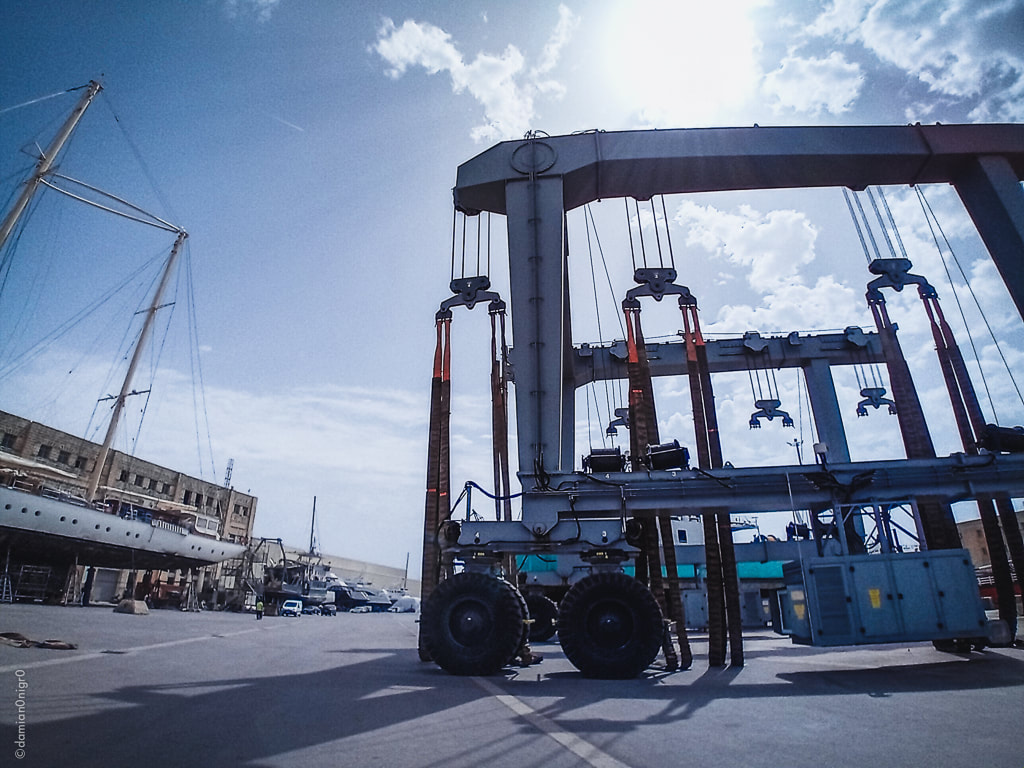
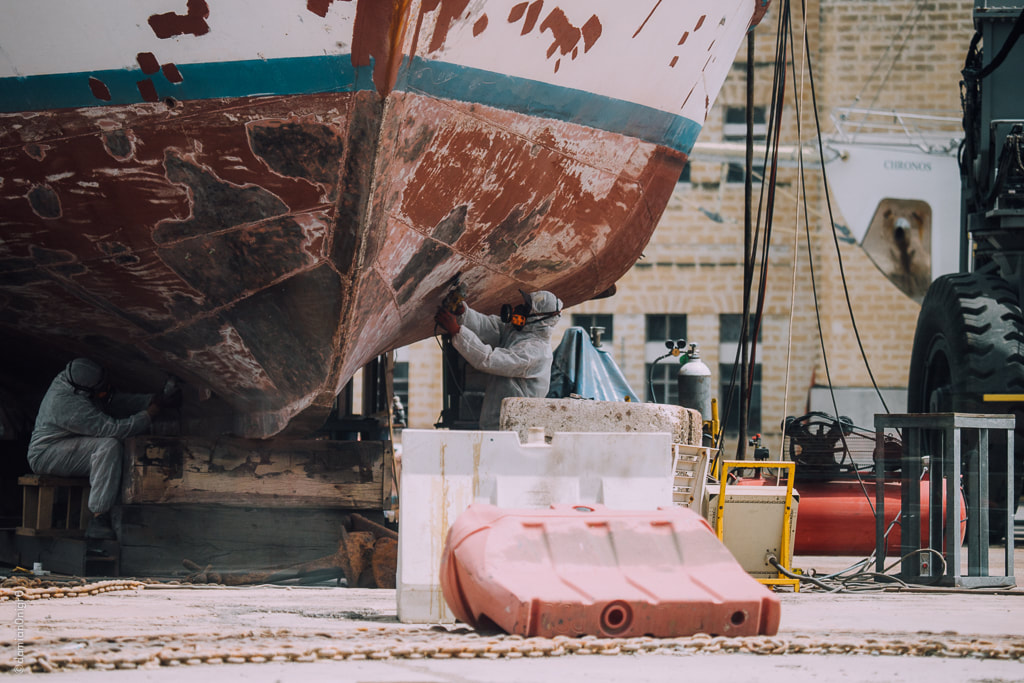
 RSS Feed
RSS Feed

